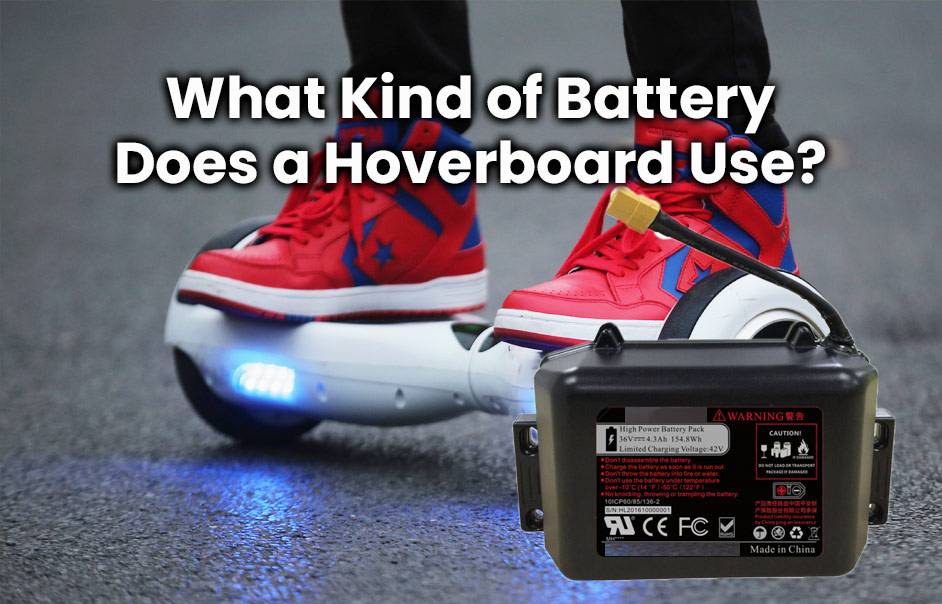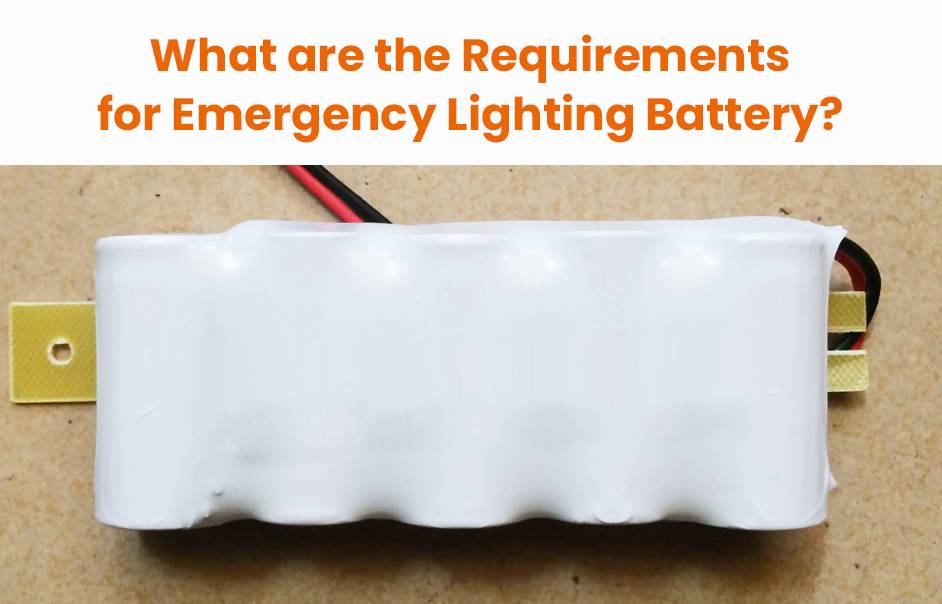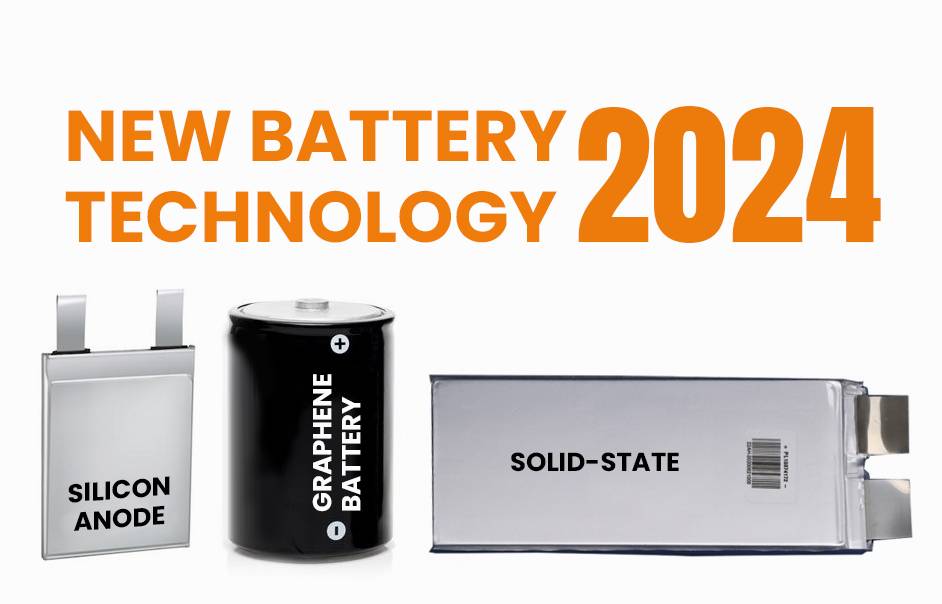Embark on a comprehensive guide to Lithium Polymer Batteries in this blog post, catering to tech enthusiasts, electronics hobbyists, and those curious about battery technology. Explore the advantages, disadvantages, workings, types, safety tips, charging techniques, applications, and alternative energy sources. Join an electrifying journey of knowledge, armed with insights into the latest advancements in battery technology. Grab your cup of coffee and dive into the world of lithium polymer batteries!
What are Lithium Polymer Batteries?
Lithium Polymer Batteries, or LiPo batteries, have surged in popularity due to their unique design. Unlike traditional lithium-ion batteries, LiPo batteries use a solid or gel-like polymer electrolyte, offering distinct advantages.
- High Energy Density:
- LiPo batteries store more energy in a smaller, lighter package than other battery types, making them ideal for portable devices like smartphones, tablets, and drones.
- Low Self-Discharge Rate:
- These batteries have a lower self-discharge rate, retaining charge for longer periods when not in use, and a higher discharge rate capability for quick power delivery.
- Flexibility and Versatility:
- Known for their flexibility, LiPo batteries can be manufactured in various shapes and sizes, fitting into slim and compact gadgets with limited space.
- Temperature Sensitivity:
- However, it’s essential to note their sensitivity to high temperatures. Exposure to extreme heat or direct sunlight can lead to damage or, in mishandling, a risk of explosion.
In the next section, we’ll delve into the workings of these fascinating batteries, so stay tuned for more insights!
Advantages and Disadvantages of Lithium Polymer Batteries
Lithium polymer batteries, or LiPo batteries, are popular for their unique features, but they come with both advantages and disadvantages.
- Advantages:
- High Energy Density: LiPo batteries can store a large amount of power in a compact size, making them ideal for portable devices like smartphones and tablets.
- Lightweight Nature: Significantly lighter than other rechargeable batteries, they are perfect for weight-sensitive applications like drones or electric vehicles.
- Low Self-Discharge Rate: They maintain charge even during periods of inactivity, eliminating the need for constant recharging.
- Disadvantages:
- Susceptibility to Physical Damage: Due to their thin and flexible packaging, LiPo batteries can be easily damaged if mishandled or subjected to excessive force.
- Potential for Thermal Runaway: There is a risk of combustion or thermal runaway under specific circumstances, especially if overcharged or exposed to extreme temperatures.
Despite these drawbacks, the advantages of lithium polymer batteries contribute to their widespread use across industries, from consumer electronics to medical devices and renewable energy storage systems.
How do Lithium Polymer Batteries Work?
Lithium polymer batteries, or LiPo batteries, are favored for electronic devices due to their high energy density and lightweight design. Here’s a breakdown of how these batteries operate:
- Electrolyte Composition:
- At the core of a lithium polymer battery is an electrolyte containing lithium salt dissolved in an organic solvent. This enables ion movement between positive and negative electrodes.
- Electrode Materials:
- The positive electrode is commonly made from lithium cobalt oxide (LiCoO2), while the negative electrode is typically crafted from carbon graphite. A microporous membrane separates these electrodes to prevent direct contact and short circuits.
- Charging and Discharging:
- During charging, ions move from the positive to the negative electrode through the electrolyte, storing energy as chemical potential. Discharging releases this stored energy as electrons flow from the negative to the positive electrode through an external circuit.
- Maintenance Tips:
- Proper charging and discharging techniques are crucial for the longevity of lithium polymer batteries. Overcharging or overdischarging can lead to decreased performance or damage.
Understanding the intricacies of lithium polymer batteries enhances our appreciation for their efficient and reliable role in powering portable devices without adding excessive weight.
Types of Lithium Polymer Batteries
Explore the diverse types of lithium polymer batteries, each tailored for specific applications and needs:
- High-Capacity Lithium Polymer Batteries:
- Known for providing substantial energy storage, these batteries are commonly used in electric vehicles and drones for long-lasting power.
- Low-Discharge Rate Lithium Polymer Batteries:
- Ideal for devices requiring low power over an extended period, such as wearable fitness trackers or remote controls.
- Fast-Charge Lithium Polymer Batteries:
- Designed for rapid charging, these batteries find applications in smartphones and tablets where quick charging is essential.
- Ultra-Thin Lithium Polymer Batteries:
- Thin and flexible, these batteries suit slim electronic devices like smart cards or ultra-thin laptops.
- High-Temperature Resistant Lithium Polymer Batteries:
- Engineered to withstand extreme temperatures, these batteries excel in aerospace or automotive applications.
Choosing the right type of lithium polymer battery ensures optimal performance and longevity, aligning with your device’s power requirements and operating conditions.
Proper Handling and Safety Tips for Lithium Polymer Batteries
Safety is paramount when dealing with lithium polymer batteries. To ensure safe usage and longevity, follow these essential tips:
- Avoid Extreme Temperatures:
- Store batteries in a cool, dry place away from direct sunlight to prevent performance and lifespan issues caused by extreme heat or cold.
- Handle with Care:
- Treat lithium polymer batteries gently to prevent damage. Avoid dropping or subjecting them to unnecessary pressure.
- Use the Correct Charger:
- Ensure safety by using a charger specifically designed for lithium polymer batteries, preventing issues like overcharging or overheating.
- Monitor Charging Process:
- Never leave the battery unattended while charging. Keep a close eye on the process and unplug it as soon as it reaches full charge.
- Proper Storage When Not in Use:
- Store unused batteries at around 40-60% charge in a fireproof container or specialized bag for battery storage during extended periods of non-use.
By adhering to these guidelines, you minimize the risk of accidents related to lithium polymer battery usage while ensuring optimal performance and durability.
Charging and Discharging Techniques for Lithium Polymer Batteries
Optimizing the performance and lifespan of lithium polymer batteries relies on careful charging and discharging techniques. Follow these guidelines for enhanced safety and longevity:
- Charging Procedures:
- Adhere to manufacturer guidelines for charging LiPo batteries.
- Use chargers specifically designed for LiPo batteries to prevent overcharging or undercharging.
- Monitor the charging process closely and never leave the battery unattended.
- Charge LiPo batteries in a fireproof charging bag or container for added safety.
- Avoid exposing the battery to high temperatures during charging to prevent cell damage.
- Discharging Techniques:
- Do not discharge LiPo batteries below 20% capacity to prevent irreversible damage.
- Utilize a low voltage cutoff (LVC) device or setting on electronic devices to automatically shut off power and protect against over-discharge.
Properly managing both charging and discharging techniques ensures optimal performance, a longer lifespan, and safer operation of lithium polymer batteries. Always refer to manufacturer instructions, exercise caution during usage, and prioritize safety at all times!
Common Applications of Lithium Polymer Batteries
Lithium polymer batteries, known for their versatility, have found widespread use in various industries, transforming the landscape of portable electronic devices.
- Consumer Electronics:
- Powering smartphones, tablets, and laptops, lithium polymer batteries offer a compact size, high energy density, and long lifespan for reliable on-the-go usage.
- Aerospace Industry:
- Used in unmanned aerial vehicles (UAVs) or drones, these batteries provide lightweight solutions for extended flight times and enhanced maneuverability in aerial photography or surveillance.
- Electric Vehicles (EVs):
- Advancements in lithium polymer battery technology benefit electric vehicles, offering higher energy densities and reduced weight for extended driving ranges and quicker charging times.
- Medical Devices:
- In the medical field, lithium polymer batteries power portable devices like insulin pumps and defibrillators, providing reliability and safety features with a compact design for enhanced patient mobility.
- Renewable Energy Systems:
- Lithium-polymer-based storage solutions play a vital role in renewable energy systems, efficiently storing excess electricity generated by solar panels or wind turbines for later use during high demand periods.
From wearable fitness trackers to smart home automation, lithium polymer batteries continue to drive innovation across diverse industries, meeting the modern-day demand for efficient and reliable power solutions.
Alternative Energy Sources to Consider
As technology advances, alternative energy sources become crucial. While lithium polymer batteries offer advantages, exploring diverse options is essential. Consider these alternatives:
- Solar Power:
- Harness the sun’s energy with solar panels for clean, abundant, and sustainable power in residential or commercial settings.
- Wind Power:
- Turbines capture wind energy, with wind farms utilizing open spaces and coastal areas for effective electricity generation.
- Hydroelectric Power:
- Moving water in rivers or dams generates significant electricity, making hydroelectric power plants a reliable and renewable energy source.
- Geothermal Energy:
- Tapping into the Earth’s natural heat reservoirs produces sustainable and eco-friendly geothermal power.
- Bioenergy:
- Harness organic materials like agricultural waste or dedicated crops to create biogas or biofuels for heating and vehicle power.
Exploring these alternatives alongside lithium polymer batteries promotes a future powered by clean and sustainable methods, reducing reliance on fossil fuels. Remember to conduct thorough research and evaluate suitability based on your specific needs when considering any alternative energy source. Embrace innovation for eco-friendly practices benefiting both us and future generations!












